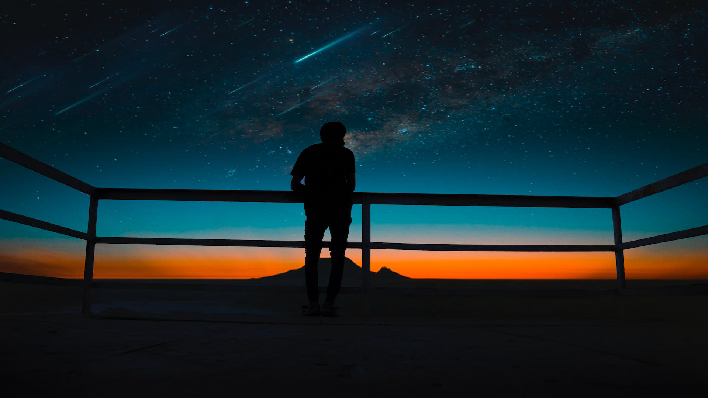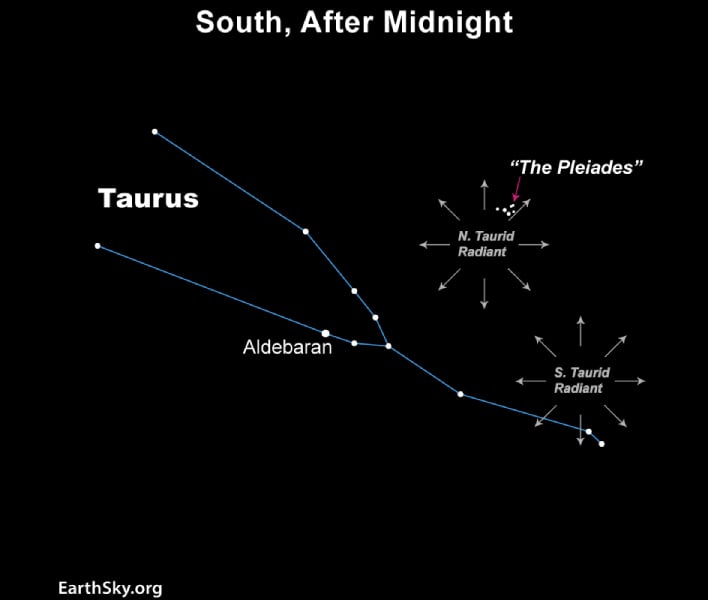November's Taurid Meteor Shower Spectacle To Display Up To Ten Fireballs Per Hour

The Taurid meteors consist of two streams, the South Taurids and North Taurids. Both radiate from the constellation Taurus near the bright star Aldebaran, and the dipper-shaped Pleiades. Currently, Taurus is positioned high in the middle of the night sky. So, the best time to view the streaking balls of fire will be around midnight as they appear to originate from the constellation Taurus.
The South Taurids have been visible since about September 10, 2023, and will continue to be visible until around November 20, 2023. The North Taurids stem from a nearby, but different stream, and are active from around October 20, 2023, until about December 10, 2023. The peak of the Taurids is when these two streams overlap, producing about ten shooting stars per hour. The best time to view the overlapping streams will be around midnight on November 5-6, 2023.

Just after the peak of the Taurid meteor shower, the Leonids meteor shower is expected to peak with an average of ten to fifteen meteors per hour from November 17 to November 21, 2023, with the peak occurring on the night of November 18, 2023. The best time to catch a falling star during the Leonids is said to be in the early morning hours just before the sky shows any indications of dawn.
As with any nighttime spectacle, viewers of the Taurid meteor shower will want to get out into the countryside if possible, away from the light pollution of the city. Dress warmly, grab a blanket to lie back on, and take in the show.

